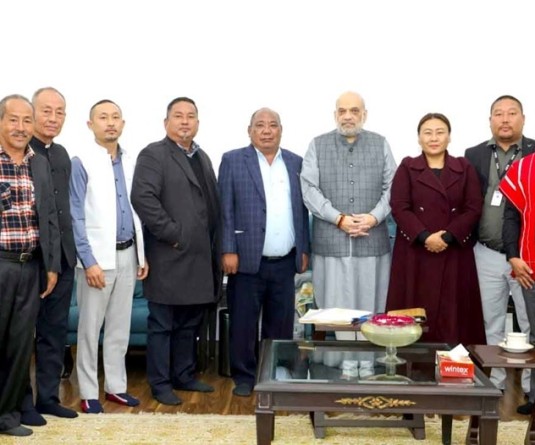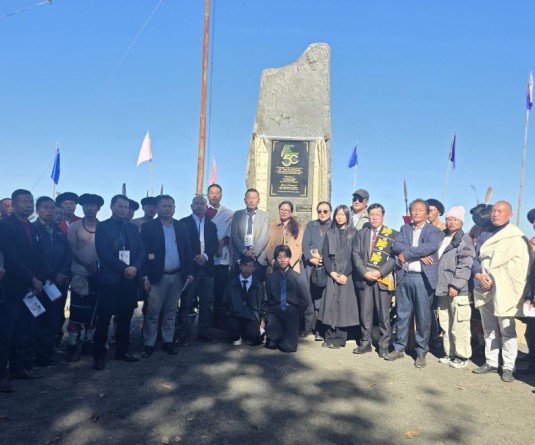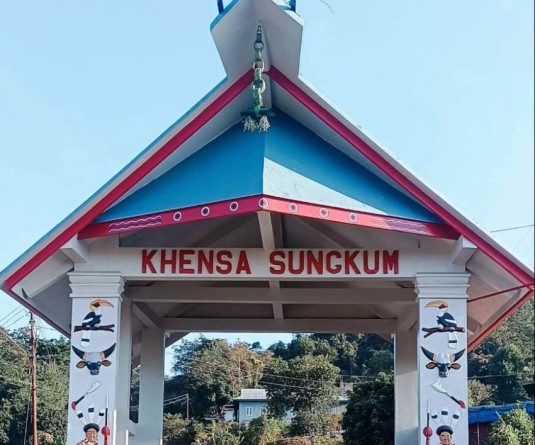
Chümoukedima, October 14 (MExN): The 83rd meeting of the Brahmaputra Board was held on Monday at Niathu Resort, hosted by Nagaland’s Department of Water Resources. Chaired by Dr. Ranbir Singh, IAS (Retd), the gathering brought together officials from central government bodies such as the Brahmaputra Board, NERIWALM, NEHARI, Survey of India, and water resource departments from North Eastern states, excluding Sikkim.
During his opening remarks, Dr. Singh emphasized the crucial role of mutual collaboration among North Eastern states to develop sustainable water resource management projects. He highlighted the importance of the region, noting that the North East contains 30% of India's total water resources, with the Brahmaputra River playing a significant part. Dr. Singh pointed out the ongoing issues of erosion, flooding, and the resulting loss of lives and property, which he attributed to the failure to fully realize the potential of the region’s water resources. He urged states to work as a unified entity under the Brahmaputra Board, emphasizing that only through a cohesive effort can the Board offer the necessary technical support and resources to tackle these challenges effectively.
Dr. Singh also addressed the critical shortage of skilled personnel within the Board, appealing to state governments to sponsor candidates for engineering and technical roles. He expressed hope that by bringing in new expertise, the Brahmaputra Board could become a leading technical and advisory organization, with significant transformations anticipated in the coming five years. "India is committed to this effort," Dr. Singh added, calling on state stakeholders to actively contribute to the Board’s progress.
The event further featured presentations on innovative water management solutions, including an irrigation project by Nagaland’s Water Resources Department that integrates power generation, and a trench weir system designed for hilly regions. Meghalaya’s department showcased a Web-GIS technology for mapping springs, while Mizoram presented a study on spring restoration under the National Hydrology Project, which has shown promising results.
The Survey of India also shared updates on its newly accessible geo-spatial data, now available for government agencies free of charge, encouraging the use of accurate mapping resources to enhance project planning and implementation across the region.






